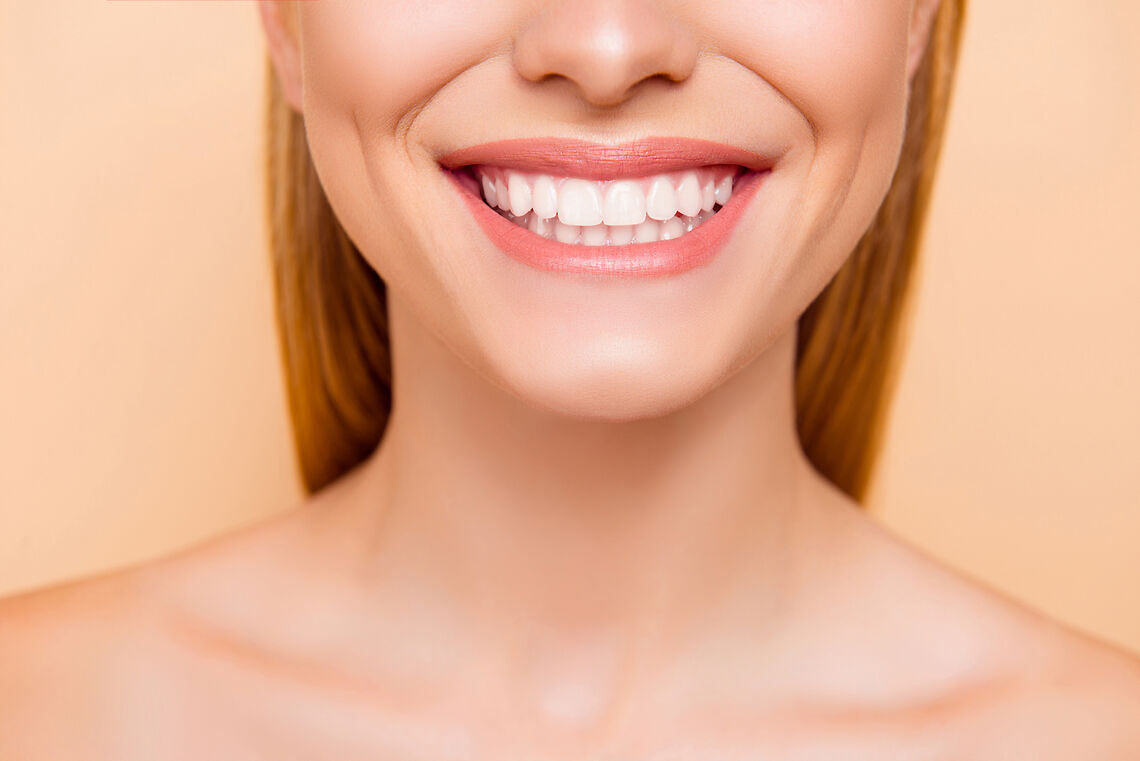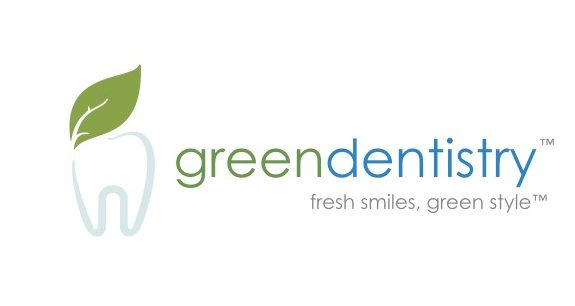Your smile is one of your most important assets, and the foods and drinks you consume play a huge role in your appearance and overall health. While certain indulgences may be tasty, they can also take a toll on your teeth, leading to discoloration, erosion, and other dental issues. If you’re aiming for a bright, healthy smile, it’s essential to understand how your diet affects your teeth and what you can do to minimize staining and damage.
Let’s explore how some of your favorite foods and drinks impact your pearly whites—and what you can do to protect that radiant smile.
 Photo Credit: Roman Samborskyi/Shutterstock
Photo Credit: Roman Samborskyi/Shutterstock
1. Coffee and Tea: The Stain Masters
If you’re like millions of people who rely on coffee or tea to start their day, you’re likely contributing to tooth staining over time. Both beverages contain tannins, which are compounds that can easily stick to tooth enamel and cause discoloration. Coffee is notorious for turning teeth a yellowish-brown shade, while darker teas, like black tea, can be just as staining.
How to Minimize Staining:
- Use a Straw: Sipping coffee or tea through a straw reduces contact with your teeth, helping to minimize staining.
- Rinse Your Mouth: After drinking these beverages, rinse your mouth with water to wash away tannins before they have a chance to settle on your enamel.
- Limit Exposure Time: Try to avoid sipping on coffee or tea throughout the day, as prolonged exposure increases the chances of staining.
2. Wine: A Double Threat
Both red and white wines can be harmful to your teeth but in different ways. Red wine, much like coffee and tea, contains tannins that can stain teeth. However, white wine, though it doesn’t cause discoloration, is highly acidic. This acidity can wear down tooth enamel, making teeth more susceptible to staining from other foods and drinks.
How to Minimize Damage:
- Pair with Cheese: The calcium in cheese can help neutralize acids and strengthen enamel, reducing the effects of wine on your teeth.
- Brush Afterward: Wait about 30 minutes after drinking wine to brush your teeth, allowing your enamel to recover from the acidity.
3. Berries: Nutrient-Rich but Staining
Berries like blueberries, blackberries, and raspberries are packed with antioxidants and vitamins that are great for your health. However, their deep pigments can leave dark stains on your teeth. The same goes for juices made from these berries, which can also be highly acidic and erode enamel over time.
How to Minimize Staining:
- Rinse with Water: After eating berries or drinking berry juice, rinse your mouth with water to reduce the staining potential.
- Consume in Moderation: While berries are healthy, enjoy them in moderation and follow up with proper dental hygiene to prevent discoloration.
4. Soda: A Triple Threat
Soda is one of the worst offenders when it comes to dental health. It’s highly acidic, full of sugar, and often dark in color—all of which contribute to tooth decay, enamel erosion, and staining. Both regular and diet sodas can damage teeth, and the longer you sip, the more harm you’re causing.
How to Minimize Damage:
- Opt for Water: The best way to protect your teeth is to swap soda for water. If you do indulge in soda, try to drink it quickly rather than sipping over an extended period.
- Use a Straw: Just like with coffee, using a straw can reduce contact with your teeth and minimize the effects of soda on your enamel.
- Rinse and Wait to Brush: After drinking soda, rinse your mouth and wait about 30 minutes before brushing to avoid brushing away softened enamel.
5. Citrus Fruits: Refreshing but Acidic
Citrus fruits like oranges, lemons, and grapefruits are loaded with vitamin C, which is essential for your overall health. However, their high acidity can weaken tooth enamel, making your teeth more prone to sensitivity and decay. The acidity of citrus can also make your teeth more vulnerable to staining from other foods and drinks.
How to Minimize Damage:
- Eat with Other Foods: Enjoy citrus fruits as part of a meal rather than on their own, as this can help neutralize some of the acidity.
- Rinse with Water: After consuming citrus, rinse your mouth with water to wash away acidic residue.
6. Candy and Sugary Snacks: Sweet Tooth’s Downfall
Sugary snacks, especially sticky candies like gummies and caramels, can cling to teeth and fuel bacteria that lead to cavities. Hard candies also pose a risk because they can crack or chip teeth if bitten into too aggressively.
How to Minimize Damage:
- Choose Sugar-Free Alternatives: Opt for sugar-free candies or gum to satisfy your sweet tooth without damaging your teeth.
- Brush and Floss: Be diligent about brushing and flossing after eating sugary snacks to remove residue and prevent bacteria buildup.
7. Tomato Sauce: Acidic and Staining
Tomato-based sauces are delicious but can be harmful to your teeth. Their acidity weakens enamel, and their deep red color can lead to staining. Eating pizza, pasta, or any dish with a rich tomato sauce can leave your teeth more vulnerable to discoloration and decay.
How to Minimize Staining:
- Pair with Greens: Eating leafy greens like spinach or kale with your meal can help create a protective film on your teeth, reducing the effects of tomato sauce.
- Brush Afterward: Wait 30 minutes after eating tomato-based dishes before brushing to allow your enamel to recover from the acidity.
8. Ice: Cool but Damaging
Chewing on ice is a common habit for some, but it can cause serious damage to your teeth. Biting into hard ice can lead to cracked or chipped teeth, and it can also wear down enamel over time. While ice itself doesn’t stain, the damage it causes can lead to long-term dental issues that affect your smile.
How to Minimize Damage:
- Break the Habit: Instead of chewing on ice, try sucking on it or using crushed ice, which is gentler on your teeth.
- Stay Hydrated: If you crave ice, it may be a sign that you’re dehydrated, so make sure to drink plenty of water.
How to Keep Your Smile Bright and Healthy
While it’s difficult to avoid all the foods and drinks that can affect your teeth, there are steps you can take to maintain a bright and healthy smile:
- Regular Dental Visits: Schedule cleanings and checkups with your dentist every six months to catch any potential problems early.
- Practice Good Oral Hygiene: Brush at least twice a day, floss daily, and use a fluoride mouthwash to strengthen enamel and fight bacteria.
- Consider Whitening Treatments: If staining becomes an issue, professional whitening treatments can help restore the brightness of your teeth.
By making mindful choices about your diet and dental hygiene, you can enjoy your favorite foods without compromising your smile. If you’re concerned about discoloration or damage, consider booking a consultation with Dr. Victoria Veytsman to explore treatments that can help you maintain a radiant, healthy grin.
For more information, visit Dr. Victoria Veytsman's social media:





















